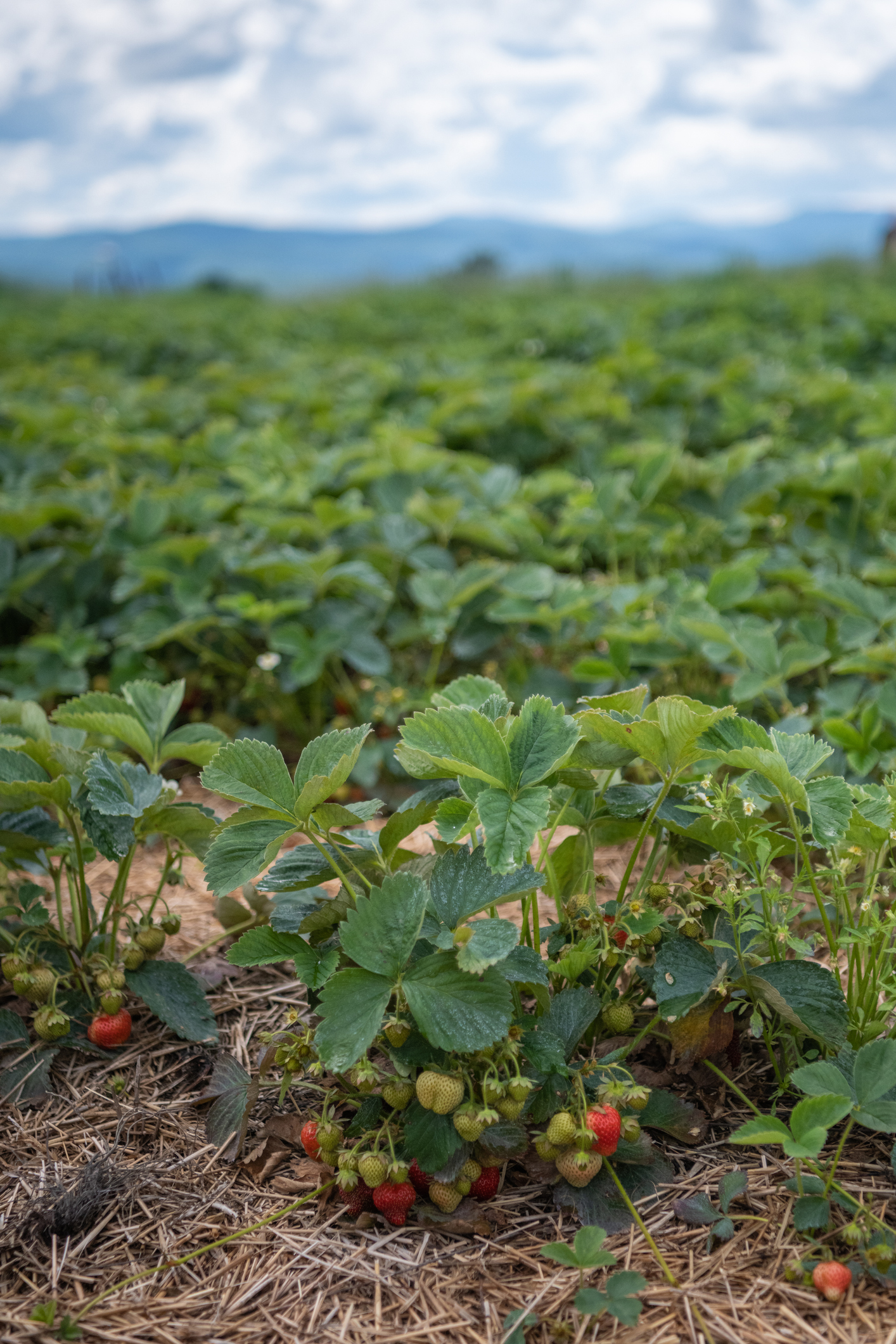Analyze more!
Optimize your cultivation with LMI's nutritional analysis.

Preparation for Fruit and Berry growing at Friland
When growing fruit and berries outdoors, it is important to choose a suitable location adapted to the specific crop to create the best conditions for a desired harvest. Once an optimal location has been chosen, it is beneficial to apply soil improvement measures, then it can be a good idea to take an AL analysis to find out more precisely which measures are appropriate.
The AL analysis shows the amount of phosphorus, potassium, calcium and magnesium available in the next few years in the soil's nutrient supply.
Soil pH and K/Mg ratios are also given. For phosphorus and potassium, the class is given, which is a way of categorizing the levels of these substances in the soil, and it is often used as a basis for fertilization.
Clay and loamy soils hold more phosphorus and potassium, while sandy soils have lower levels. Use AL analysis as a basis for supply fertilization and liming according to the Swedish Board of Agriculture's "Recommendations for fertilization and liming"
A water analysis on irrigation water can also be relevant to check the quality of the water, that it does not contain bacteria such as E-coli. If your berries are contaminated, it is most likely caused by the irrigation. The water may have been affected by feces. It could also be due to the droppings of wild animals. Even manure can contaminate products when splashed from soil. This is mainly relevant for vegetables and berries eaten raw, without heating.


Analysis during the growing season
Once cultivation has begun, it is important to monitor and control soil nutrient levels and the balance of plant nutrients. It is also important to keep an eye on the pH of the soil, as a low or too high pH value can affect plant growth and the ability to absorb nutrients.
Spurway analysis (read more about soil analysis) shows the amount of plant nutrients available in the soil for the plants in the coming weeks/months. By continuously monitoring a crop with analysis every four weeks (depending on the crop), nutrient deficiencies can be addressed in time by supplementary fertilization. To obtain a basis for basic fertilization, samples are taken during winter/spring.
The Spurway analysis is an excellent method to assess whether it is time for liming. The LMI has set points for many crops that show what the nutrient levels should be. Spurway analysis is carefully designed to extract plant nutrients in a way that closely mimics the ability of roots to take up nutrients from the soil.
Phosphorus is difficult to obtain good values in all types of soil analysis, especially in high pH soils. Some substances may show availability in soil analysis, but may still be difficult for the plant to take up, for example because it requires a lot of energy. This is especially true for iron, where an analytical value from soil analysis never really says anything about uptake.
A plant sap analysis (read more) gives the best answer to how good the nutrient uptake of different substances is.

